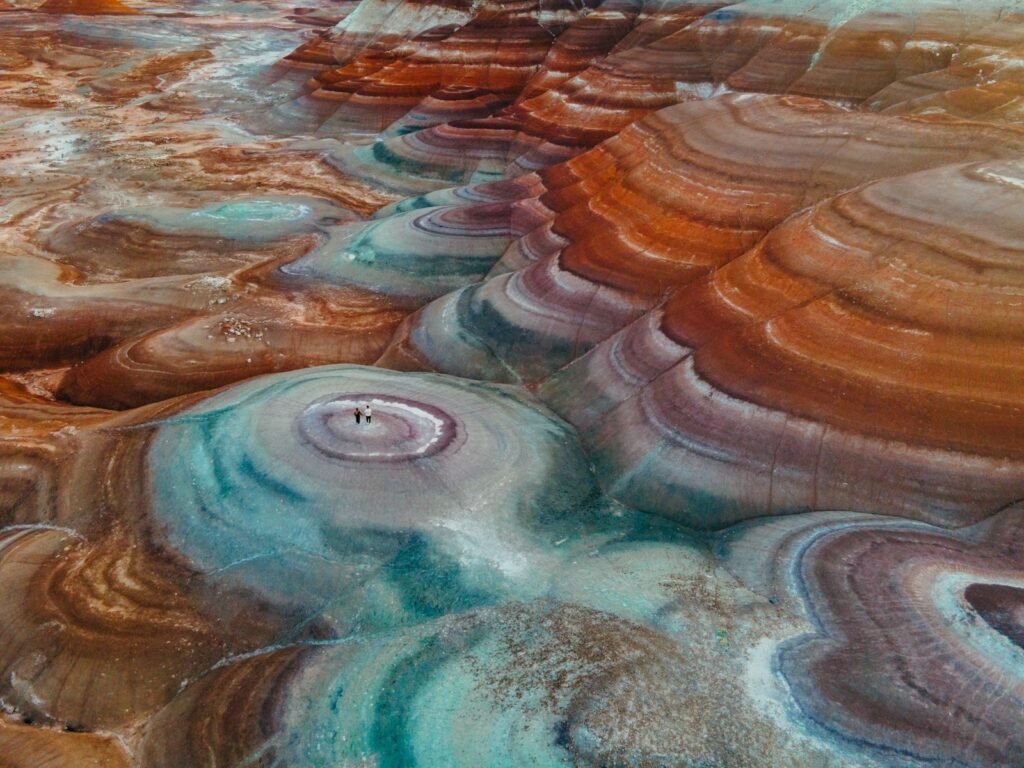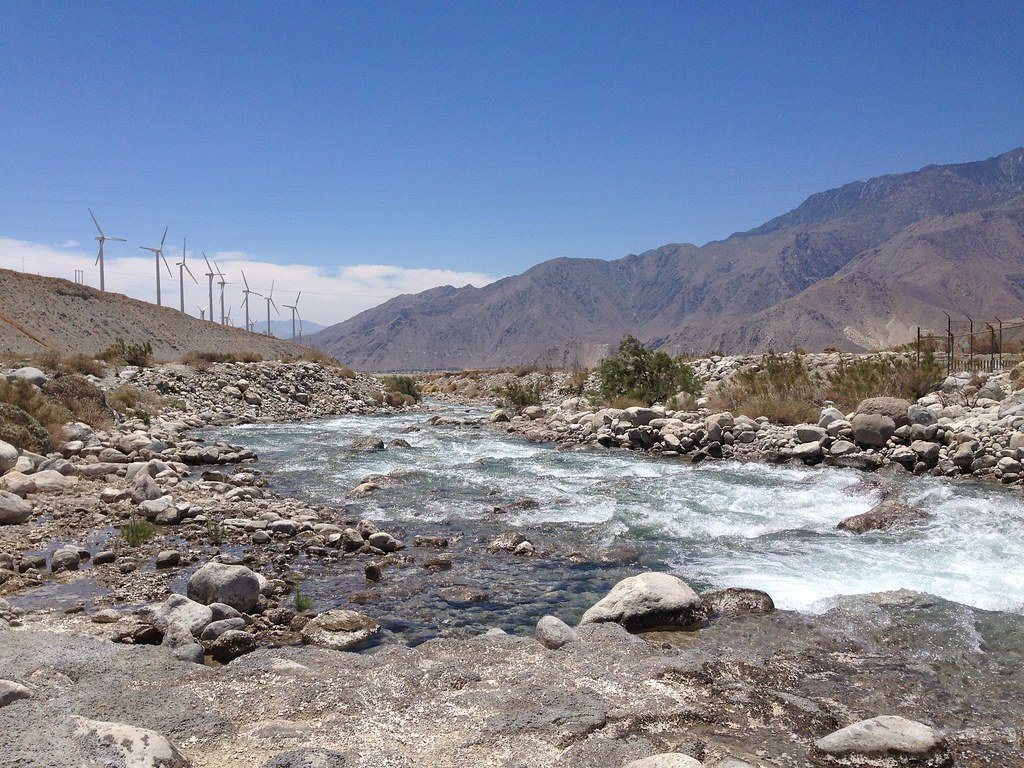Imagine standing on the rust-colored desert of Mars. The dust swirls around your boots as your gaze falls upon a rugged cliffside layer upon layer of hardened clay, each stratum whispering secrets from billions of years ago. Could these silent bands of rock hold evidence that life once stirred on the Red Planet? Recent findings suggest these thick clay deposits may indeed serve as natural vaults of time, capable of preserving organic traces that could finally answer one of humanity’s most profound questions: are we alone in the universe?
The Dilemma: Life or Lifeless Desert?

Mars has long teased humanity with the possibility of life. Geological evidence confirms the planet once had flowing rivers and lakes, yet its modern surface is a barren wasteland battered by radiation. The central challenge for scientists lies in distinguishing between what was shaped by biology and what was simply the work of chemistry. Organic molecules, the building blocks of life, are notoriously fragile on Mars, where surface radiation and oxidative weathering destroy them relatively quickly.
The potential solution emerges from an unexpected source: clay minerals. Formed when liquid water interacts with volcanic rock, clay acts as a protective time capsule, potentially locking away ancient molecules from the ravages of time and environment. Both NASA’s Curiosity rover and the upcoming ESA ExoMars mission have specifically targeted clay-rich terrains because of this remarkable property. As Dr. Caroline Freissinet, a research scientist at the French National Centre for Scientific Research, notes: “Our study proves that, even today, by analyzing Mars samples we could detect chemical signatures of past life, if it ever existed on Mars”.
From Viking to Curiosity: The Evolution of Martian Exploration

The scientific journey to understand Mars’ potential for life began in earnest in the 1970s with NASA’s Viking landers cutting-edge for their time but ultimately limited in their capabilities. These pioneers scratched the surface of Mars and detected unusual chemical activity but no definitive signs of life, leaving scientists frustrated with more questions than answers.
The 21st century brought tremendous technological leaps in Martian exploration. NASA’s Curiosity rover, which landed in 2012, revolutionized our understanding when it drilled into Gale Crater’s clay deposits and discovered complex organic molecules carbon-based compounds that form the foundation of life. These findings were followed by the Perseverance rover, launched in 2020, which is not just analyzing rocks but caching samples for future return to Earth. Some of its most precious targets are the thick clay layers in Jezero Crater, believed to be the remains of an ancient river delta that could have been teeming with microbial life billions of years ago.
Why It Works: The Science Behind Clay as Nature’s Archive

Clay minerals possess a unique combination of properties that make them ideal for preserving potential biosignatures. On Earth, some of the oldest evidence of life, tiny microbial fossils dating back more than 3.5 billion years, has been found in clay-rich rocks. The same preservation could have occurred on Mars under the right conditions.
The protective power of clay operates through multiple mechanisms. First, clay layers physically shield organic molecules from cosmic radiation and solar ultraviolet light that would otherwise break them down. Second, clay minerals naturally form only when liquid water is present, an essential ingredient for life as we know it, making them indicators of potentially habitable ancient environments. Third, at the molecular level, clay has a layered structure with high surface area and charged particles that can capture, bind, and hold traces of carbon, nitrogen, and hydrogen for extraordinary periods of time.
NASA scientists estimate that up to 50% of the organics present in Martian clays billions of years ago could still remain intact today, waiting for the right instruments to detect them. This preservation potential was dramatically demonstrated in 2025 when researchers analyzing pulverized rock onboard Curiosity found the largest organic compounds detected on Mars to date molecules including decane, undecane, and dodecane, which are thought to be fragments of fatty acids that were preserved in a clay-rich sample nicknamed “Cumberland”.
Earth Analogues: Reading the Blueprint for Martian Discovery

Our planet offers crucial blueprints for what we might find on Mars. In South Africa’s Barberton Greenstone Belt and Western Australia’s Pilbara region, researchers have uncovered evidence of early microbial life preserved in ancient clay sediments for billions of years. These discoveries prove that life can leave behind chemical fingerprints that survive immense spans of time when the right mineralogical conditions are present.
The Australian stromatolites fossilized microbial mats dating back 3.5 billion years were preserved in clay-rich sedimentary rocks that protected them from degradation. Similarly, in the Barberton Greenstone Belt, evidence of early microbial life has been shielded in mineral deposits for billions of years. These Earth analogues provide not just hope but concrete models for how Martian life might be preserved and eventually detected. Scientists studying these Earthbound ancient clays have developed sophisticated techniques for extracting subtle biosignatures while avoiding false positives from contamination methods that will prove invaluable when applied to Martian samples.
The Future: Sample Return and Next-Generation Exploration

The real breakthrough in the search for ancient life on Mars may come with the Mars Sample Return mission, a joint effort by NASA and ESA currently planned for the 2030s. This ambitious endeavor aims to bring back carefully sealed cores of Martian clay and rock for study in the most advanced terrestrial laboratories, a capability far beyond what can be achieved with rover-based instruments alone.
Future technologies that will be applied to returned Martian samples include synchrotron imaging that can map organic molecules at nearly atomic resolution, cryogenic preservation systems that will keep samples at ultra-cold temperatures to prevent degradation, and AI-powered analysis that can detect subtle biosignatures hidden in complex chemical noise. As Daniel Glavin, senior scientist for sample return at NASA’s Goddard Space Flight Center, emphasizes: “We are ready to take the next big step and bring Mars samples home to our labs to settle the debate about life on Mars”.
Beyond sample return, numerous missions will continue pushing the frontier of Martian clay exploration. ESA’s ExoMars Rosalind Franklin rover, scheduled for launch in 2028, is expected to drill deeper than any previous rover reaching up to two meters into clay layers that have been protected from surface radiation. China’s Tianwen-3 mission, planned for the 2030s, is another contender for returning samples to Earth. Even the private sector is entering the fray, with companies like SpaceX planning human missions that could eventually enable astronauts to conduct sophisticated field geology in Martian clay-rich regions.
Why This Matters: Beyond Scientific Curiosity

The hunt for ancient life on Mars represents more than just scientific curiosity—it touches on fundamental questions about humanity’s place in the cosmos. Traditional methods used by earlier landers relied on limited chemistry experiments that produced intriguing but ultimately inconclusive results. Today’s clay-focused strategies offer stronger preservation context, higher sensitivity, and better analytical capabilities.
The stakes of this research could hardly be higher. If life existed on Mars, even in simple microbial form, it would suggest that the universe is more biologically fertile than we ever imagined and that life might be a common phenomenon throughout the cosmos. Conversely, if no evidence of life is found despite extensive searching in the most promising environments, it would raise profound questions about Earth’s uniqueness and the possibly rare combination of conditions required for biology to emerge.
As we stand on the verge of potentially answering one of humanity’s oldest questions, the clay deposits of Mars continue to guard their secrets but perhaps not for much longer. These layered formations, silent for billions of years, may soon reveal whether life ever stirred on the Red Planet, forever changing our understanding of our place in the universe.
How Readers Can Support the Mission

The search for life on Mars is not just the domain of NASA and ESA—it’s a shared human endeavor that benefits from public engagement and support. You can contribute to this exciting scientific journey in several ways:
- Follow and share updates from NASA’s Mars Exploration Program and ESA’s ExoMars mission to help build public awareness and support for these missions.
- Support science education and outreach programs in your community, particularly those focused on planetary science and STEM fields.
- Engage with citizen science projects that allow the public to contribute to Mars research through platforms like Zooniverse.
- Advocate for continued investment in planetary exploration and international scientific collaboration when engaging with elected representatives.
The clay of Mars may be silent, but it holds stories that could fundamentally change how we see ourselves in the universe. With continued exploration and scientific dedication, we may soon read those stories written in the layered rocks of another world.
Sources:
NASA Jet Propulsion Laboratory , European Space Agency

Suhail Ahmed is a passionate digital professional and nature enthusiast with over 8 years of experience in content strategy, SEO, web development, and digital operations. Alongside his freelance journey, Suhail actively contributes to nature and wildlife platforms like Discover Wildlife, where he channels his curiosity for the planet into engaging, educational storytelling.
With a strong background in managing digital ecosystems — from ecommerce stores and WordPress websites to social media and automation — Suhail merges technical precision with creative insight. His content reflects a rare balance: SEO-friendly yet deeply human, data-informed yet emotionally resonant.
Driven by a love for discovery and storytelling, Suhail believes in using digital platforms to amplify causes that matter — especially those protecting Earth’s biodiversity and inspiring sustainable living. Whether he’s managing online projects or crafting wildlife content, his goal remains the same: to inform, inspire, and leave a positive digital footprint.




